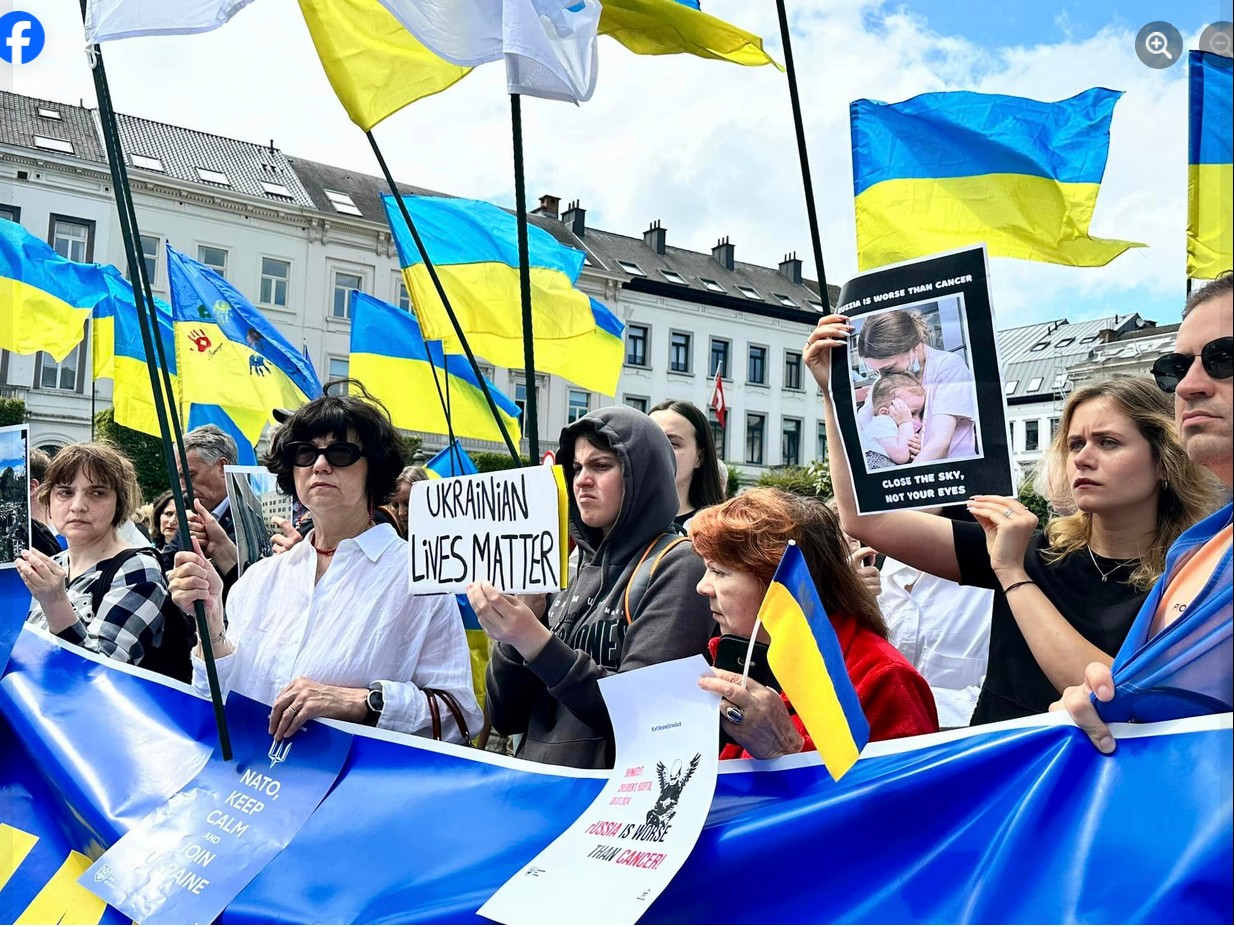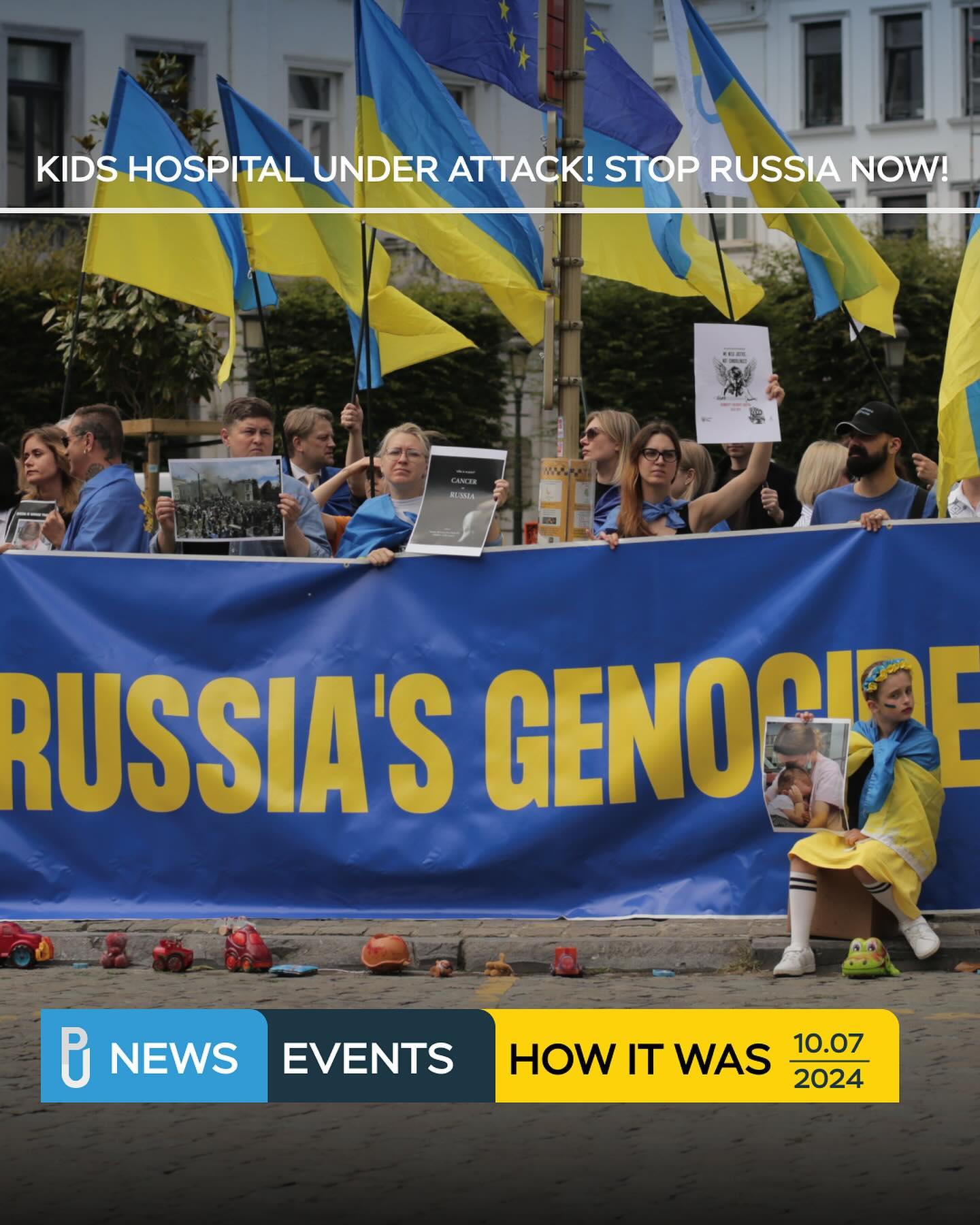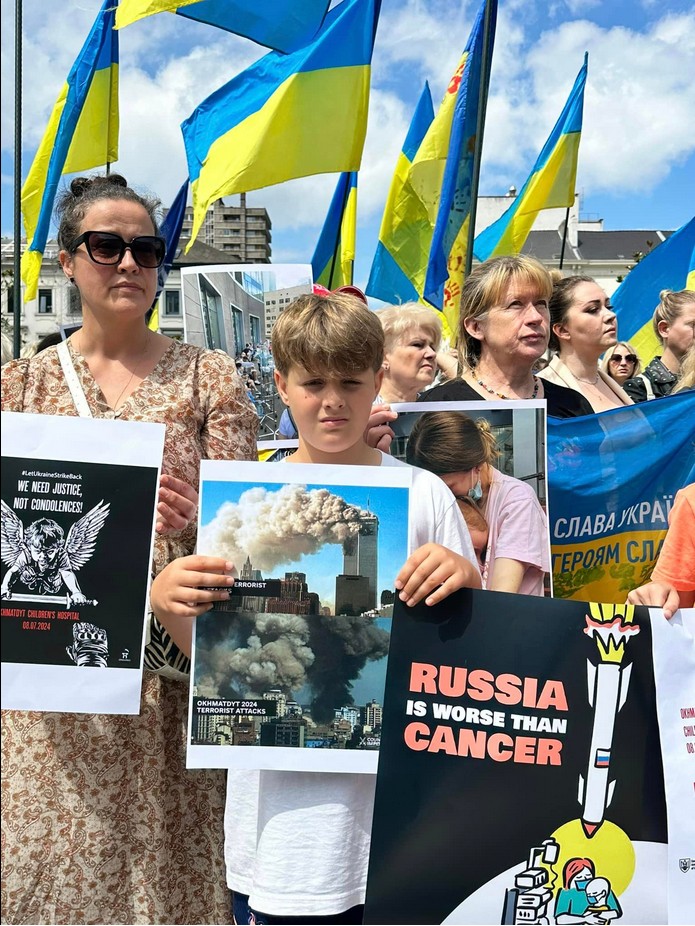Technology, hybrid wars, artificial intelligence and writing articles are an incomplete list of what we face today. But how do states use technology? To influence conflicts, to form regional leadership, and maybe to develop a country or to control its citizens? Let’s consider.
Technology changes the world
We have observed the unfolding of hybrid wars for a long time, in which the Internet and information technologies are used together with armed conflicts. But how do they affect the conflict course?
Conflicts have always occurred in the world, and the most common cause has been and is the struggle for resources. With the use of Internet technology, many confrontations have become less visible or understandable to all, but their danger has not diminished. Moreover, it has become much harder to identify who is “behind” such operations.
An example is the attacks on Iran’s critical infrastructure to sabotage nuclear weapons development, which got slowed down ultimately. Yes, one of the attacks used virus software “Stuxnet,” which affected software devices with specific configurations. Namely, according to Iranian President Mahmoud Ahmadinejad, in 2010 a sabotage of the centrifuge, used in Iran’s nuclear weapons enrichment program, took place. In this, he blamed the “enemies” of the state (most likely – USA and Israel).
Sometimes, surveillance technologies created for use during conflicts (for example, Israeli-Palestinian) have become commonplace in the digital world. An example is Waze technology, which tracks traffic jams and allows drivers to reach their destinations faster, while Gett technology connects taxi customers with drivers who are closer by phone.
Cyberattacks throughout the world
Sometimes surveillance technologies can be used to track citizens, and the data is used by companies that commercialise their products to consumers.

For example, the NSO Group, one of the leaders in cyber disarmament, created a mobile spy kit, which later became known as “Pegasus.” This virus software was installed in a phone with one click on the link in a text and gained access to all communications and locations of the affected iPhones (including iMessage, Gmail, Viber, Facebook, WhatsApp, Telegram, Skype and other data, in particular, passwords to Wi-Fi networks). Therefore, as soon as Apple learned about this, it fixed the vulnerabilities and released an updated version.
On top of this, Facebook was accused recently that via Instagram, it gets unauthorised access to the cameras of people’s phones and monitors them. And although the company denies “espionage,” the application still had access to even inactive cameras and thus could collect extremely sensitive data. “Facebook Inc.” claims that they have already worked to fix this vulnerability.
In addition, there are zero-day vulnerabilities in global software. In other words, there is no understanding of how the attack starts, where it will take place or if it has already occurred. That is the hidden face of a cyberattack, to which one needs to respond immediately. That is particularly detrimental to critical infrastructure, as it requires both technology and time to debug, which could cause its suspension.
For example, the use of technology by North Korea due to the conflict with the American company “Sony” in 2014 led to a “drain” of internal business correspondence and company documents. The hacker attacks cause was the release of a film that satirically portrayed North Korea’s leaders by the American company. It’s hard to imagine such a targeted attack because of a video by another state. But given North Korea’s secrecy and the “the leader cult,” it has become a compelling reason for North Korean hackers. However, North Korea representatives deny the accusations and participation in this attack.
As emphasised before, the use of technology is often driven by resource requirements, so many cyberattacks are aimed at banking systems. Thus, several cyberattacks in recent years have taken place from North Korea due to the strengthening of several sanctions, the most famous of which was a cyberattack on a bank in Bangladesh.
However, often the use of technology has a more global goal, namely users’ definite views formation through micro-targeting. Thus, the situation with Cambridge Analytics and access to data from more than 87 million Facebook users has shown that obtaining personal data can affect the course of an election race, as happened in the United States in 2016. And although Facebook was fined for violating privacy rules, of course, it could not change the situation regarding the impact on voters.
The issue of elections is relevant enough. The influence of the Russian Federation on the American election is mentioned as an example of cyberattacks as well. However, usually, the problem of cyberattacks is to understand and prove who is behind it.
And if you think that this does not concern you, remember the “usual” tests on Facebook or the application “FaceApp” (which is a Russian company’s product). It allows collecting a lot of data about you, which is then easy to use against you, and you will not even guess about it.
Besides, countries often promote the content they need in other countries via social networks. An example was the Facebook network “PATRIOCI,” within which pro-Russian content was formed under the guise of Polish media to spread propaganda in Poland.
In fact, during a conflict, people can use advanced data to influence its course. For example, the BellingCat group investigated who was behind the Boeing 777 flight MH17 downing, based on big data. That allowed the Netherlands to blame the Russian Federation formally. Then, investigative journalists from the BBC proved that the crime, recorded on video with the execution of women and children, was committed by the Cameroon military.
The technologies are now being used by states and transnational companies to secure their interests, to influence a situation or conflict, and their usage will only intensify over time.
Mobilisation examples based on digital technologies
Technology helps to achieve what previously seemed unrealistic: to gather a lot of people, to spread information on the Internet in one click, to which billions of people have access. That becomes extremely important under the need to mobilise the population promptly.
 For example, in 2004, citizens were mobilised in Spain via SMS messages against the government’s attempts to divert attention from the 11 March terrorist attacks organised by jihadists in Madrid.
For example, in 2004, citizens were mobilised in Spain via SMS messages against the government’s attempts to divert attention from the 11 March terrorist attacks organised by jihadists in Madrid.
And in 2014, people in Ukraine gathered on the Maidan because of messages on social media from journalist Mustafa Nayem, who first asked if people were ready to riot, and then pointed out the time and place of the gathering. Further, all the participants were coordinated via social networks and volunteer initiatives. For example, various pages were created on Facebook, such as Euromaidan, Euromaidan SOS, and others that covered information, coordinated protests, and mobilised people from different cities. Volunteer movements, which were strengthened via social networks, provided an opportunity to influence the course of events and form the Revolution of Dignity.
And now let’s move to Hong Kong, where the riot against the extradition bill took place with the help of social networks. So, since March 2019, according to various sources, between 5,000 and 12,000 people have rioted. Then, the number of protesters was more than two million people.
However, protests continue in 2020. Rioters oppose the laws passed by the Chinese government (Hong Kong National Security Act, etc.). And it is technology that has allowed people to communicate with each other. Because social networks can be tracked or blocked, rioters use the Bridgefy app, which lets them intercommunicate without tracking messages and locations. The application itself uses Bluetooth and does not require an Internet connection, making it much harder for the authorities to track messages.
In particular, Bridgefy uses a network that connects users’ devices, allowing people to chat even when they are in different parts of a city, jumping on the other users’ phones until a message reaches the right person.
The mobilisation of riots is observed in neighbouring Belarus, where mass protests and strikes began due to the falsified results of the presidential election. Telegram channels, such as NEXTA and NEXTA Live, were the primary messengers for communication. The world has received so much information about the suppression of peaceful rallies and thousands of victims through them. In a few days, the NEXTA Live audience grew to two million readers who follow the situation. And although pro-government forces partially block the Internet, Belarusians are still protesting and communicating with each other. In fact, because the protesters are in different cities, the central communication continues via the internal Telegram-channels, and general messages are already transmitted in NEXTA Live.
 Such protests demonstrate that, even without leaders, technology can unite, mobilise forces and use them to guarantee their rights and freedoms, because technology is, first of all, an opportunity to simplify and improve our life. And we decide how to use them.
Such protests demonstrate that, even without leaders, technology can unite, mobilise forces and use them to guarantee their rights and freedoms, because technology is, first of all, an opportunity to simplify and improve our life. And we decide how to use them.
Sofia Sakalosh, a regional coordinator in Vinnytsia region, E-Governance for Accountability and Participation (EGAP), Eastern Europe Foundation






 UA
UA FR
FR DE
DE




